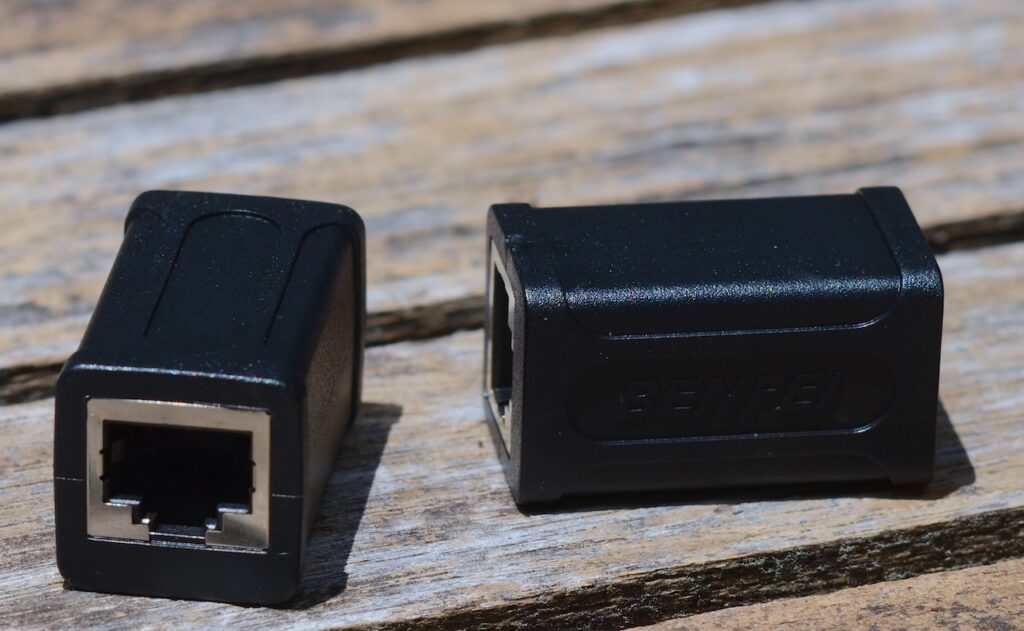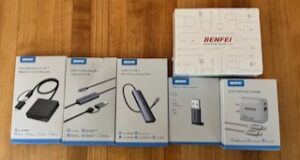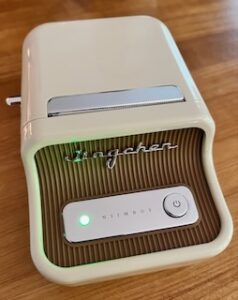KYY Portable Monitor 15.6″ 1080P USB-C

The folks at KYY asked me to review their 15.6″ KYY Portable Monitor for Amazon Prime Day. Current price is $69.98.
The best time to buy one is NOW during the Prime Day sale.
Also of note, this monitor has nearly 11.000 Amazon reviews with about 4 1/2 stars. File that under, “That Many People Can’t Be Wrong”
The monitor comes very well packaged and does not feel or look cheap at all. In fact it feels pretty beefy. The protective cover also acts as a stand. I had read some comments about the protective cover being flimsy but I’m not seeing any issues. Mine works fine and looks fine.
I wish they had these portable monitors when I was working a few years back. Anyone who needs a portable office should get one of these. Road Warrior approved!







